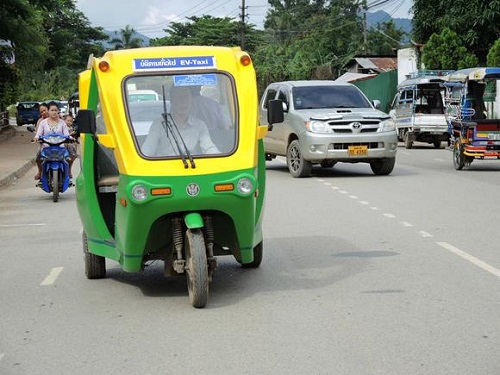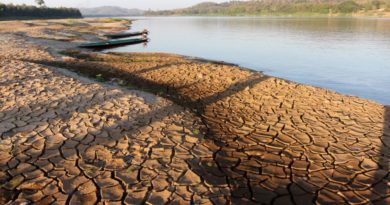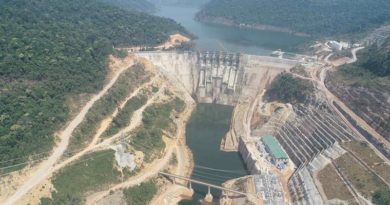Laos pins economic hopes on extra electricity
As Southeast Asia’s energy demands grow, Laos is banking on increased electricity exports to shore up its economy. The tiny country, which has a population of just under 7 million, has been opening a string of large-scale hydropower stations that will boost its total generation capacity by an estimated 70% by the end of the year compared to 2014.
Laos plans to sell 80% of the power it generates to neighboring countries in a bid to achieve 7.5% growth in gross domestic product. Efforts are also under way to use the country’s large supply of cheap electricity to nurture new industries.
A cheaper ride
Laos recently started using electric tricycles for public transportation in the northern province of Luang Prabang, a Unesco World Heritage site, on a trial basis. The trikes run every 10 minutes carrying passengers along a 6km route with 10 stops. A ride costs 3,000 kip (about 36 cents), 40% cheaper than gasoline-powered rickshaws, thanks to the country’s abundance of electricity.
Electricity rates for businesses in Laos are around 9 cents per kilowatt-hour, the lowest in the region and about 30% lower than in Japan. Though the project is still in the pilot phase, operators of the electric trikes are hoping to eventually turn it into a steadily profitable business. Another goal of the project is to reduce the country’s dependence on gasoline imports by taking advantage of cheap, locally available energy sources, such as hydropower.

A number of power stations, mostly hydropower stations along the Mekong River, are in the pipeline, and about 10 new large-scale power stations are set to begin operating this year. The Nam Khan 2 hydropower station, with a generation capacity of 120,000kW, has just started running. Altogether, 2.4 million kilowatts of electricity will be added to Laos’ power pool, more than the output of two nuclear power plants. This will bring the country’s total power output to about 5.7 million kilowatts by the end of the year, 70% more than Myanmar, which has eight times as many people.
Laos plans to build a further 40 or so power stations, including one on the border with Thailand to be constructed by Japan’s Kansai Electric Power, to bring its total output capacity to 10 million kilowatts.
Eye on IT
The government of Laos views electricity as a strategic commodity, alongside minerals like copper, for earning foreign money. Electricity makes up 20% of its exports by value, accounting for 80% of the regional power trade. The International Energy Agency estimates electricity demand in Southeast Asia will increase 80% by 2035 to a level equivalent to Japan’s current power demand. This makes Laos’ excess capacity crucial for the region.
The government’s focus on power export comes amid a struggle with twin deficits: Tax revenues are dwindling, and growing imports of machinery, oil and other goods are hurting the trade balance. The government hopes that increasing power exports will help reduce its trade deficit.
Laos is also considering ways to use excess capacity to invigorate domestic industries, with an emphasis on information technology. The government plans to open the country’s first large-scale data center, outside Vientiane, in hopes of creating an IT hub capable of attracting investment from neighboring countries, according to the head of the IT department of the telecommunications ministry.
The government is preparing to draw up a five-year plan covering the social and economic development of the country from 2016. But using electricity to stimulate the economy and attract foreign money will be a big challenge for an economy still lagging behind its regional rivals.
Source: NIKKEI



